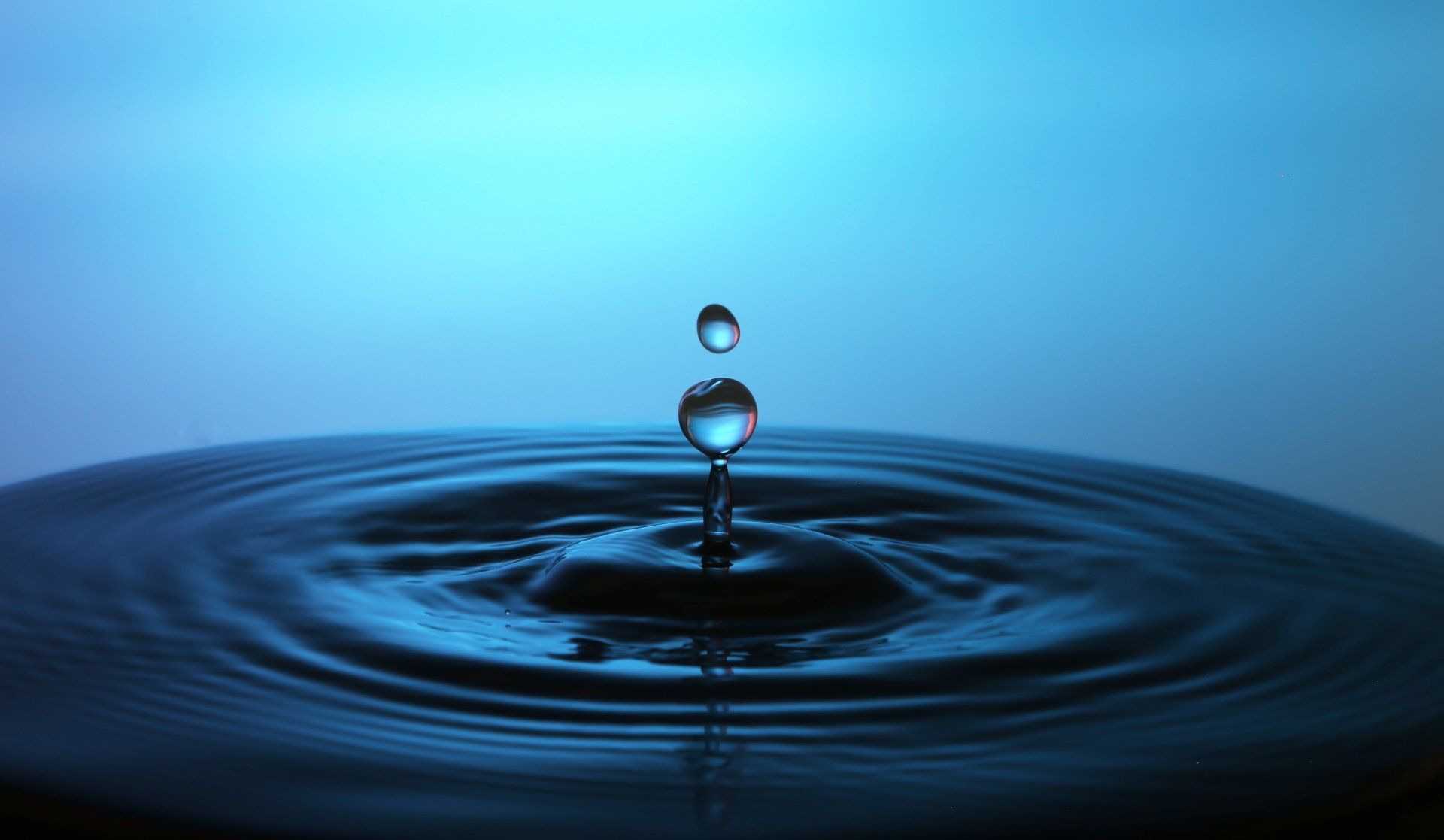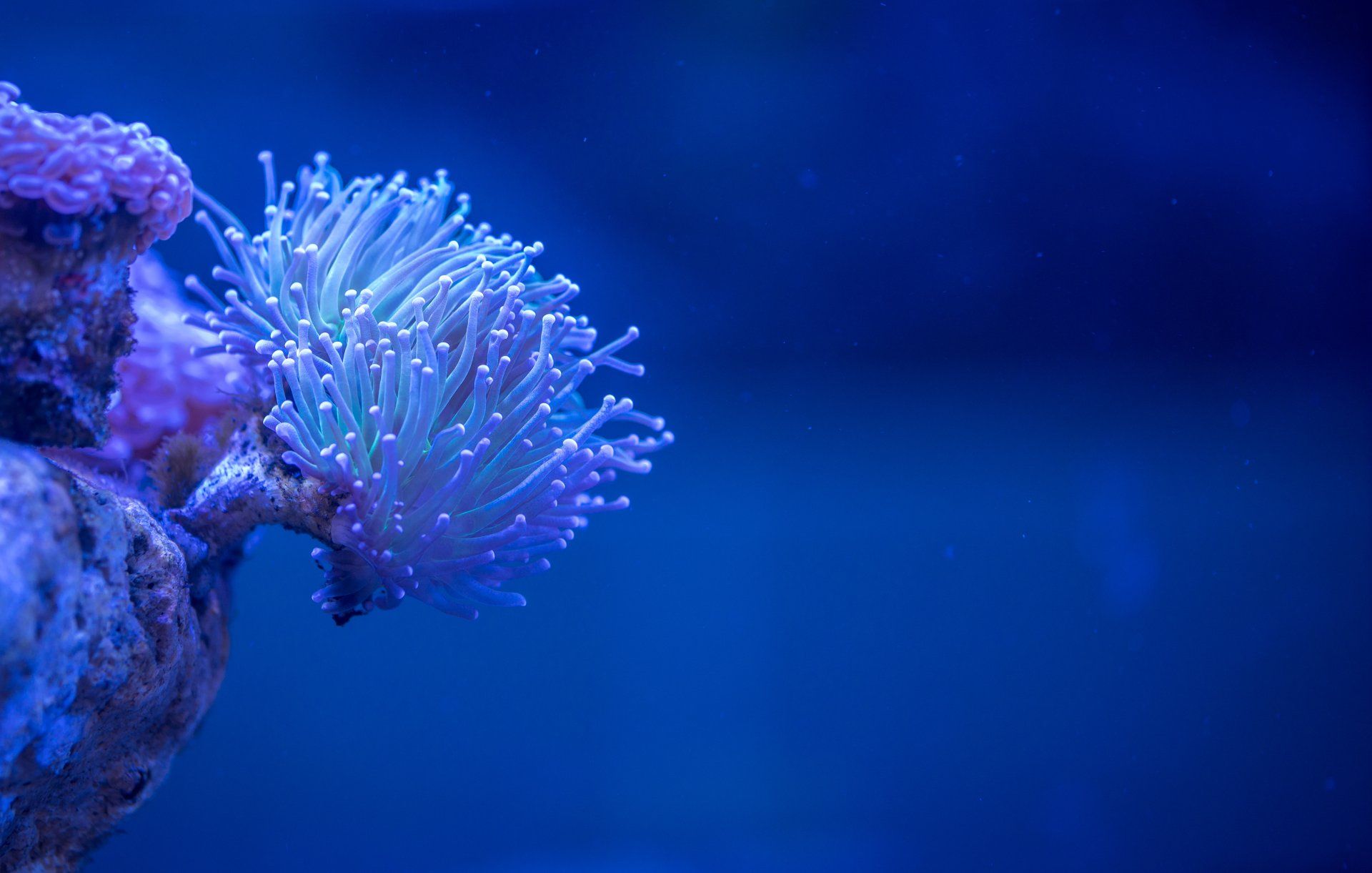Air Purification | How Technology Can Purify Your Air
The air that we breathe is one of the most important things for living beings to stay alive, and we can better keep it fresh and clean. Air is a mixture of various gases and the main components are in volume percentage ~78% Nitrogen, ~21 % Oxygen and about 1 % Argon, next to this, various small amounts of noble gases, moisture and carbon dioxide gas can be found in air.
In air purification a separation can be made between indoor air purification and purification of emissions into the air, in both cases you want to remove unwanted components out of the air. There are lots of components that can be removed from air by means of purification technology think about components as fungi, pollen, bacteria, viruses, mold spore elements and dust. Do also think about organic (benzene, toluene, petrol vapors, VOC’s etc.) and inorganic molecules like carbon, soot, and all kind of minerals and metals (NOx, SOx, Hg, Pb, H2S, etc.). Some components that you want to remove might have a bad smell and some are bad for health and safety reasons.
Here is a list and short description of some of the key purification technologies used in air purification;
1. Activated carbon
Activated carbon (activated coal, activated charcoal) is a special type of carbon that can adsorb various molecules from air, and these are adsorbed in the large surface area by van der Waals forces. A gram of activated carbon has a surface that can be as large as a football field. This surface is divided into micro, meso and macro pores of the activated carbon. Activated carbon occurs in different particles size and different forms: powder, extrudates, granules and spheres. (press here to learn more about activated carbon)
2. Biofiltration
Biofiltration is often focused to remove smelly components from air by means of a biological active material in a filter. Components in the air are then adsorbed by micro-organisms and are then oxidized by these micro-organisms into water, CO2 and salts. Various materials are used for biofiltration like for example peat.
3. Gas washing
Gas washing can work with both a wet and dry material. With this method the gas (or air) is brought into contact with the dry or wet material and the harmful components should then remain in for example the liquid phase. Various liquids can be used for this like for example amines, mea, dea, sulfuric acid, caustic soda and so on. (the opposing technique of this is aeration press here to learn more about aeration)
4. Filtration
In our air are a lot of different particles ranging that can range from bacteria to minerals and these can be removed with particle filters, which is actually a relatively simple process (selecting the right type is of course less simple). With particle removal from air it is important that the filter has openings in the mesh screen that lets the air through and captures the particles. Often these filters are made from stainless steel and have mesh screens that let the air through and the particles not.
5. Ultraviolet
UV C disinfection is based on the absorption of UV C radiation by, for example, micro-organisms in air. With the absorption of the UV-C, the DNA and RNA becomes damaged in the micro-organisms, so that the microorganisms can no longer reproduce. Just like with a normal lamp, the power is expressed in UV lamps in Watts (W). The more Watts the UV lamp has, the more power and effect for disinfection or sterilization this lamp will have. . (press here to learn more about Ultraviolet)





